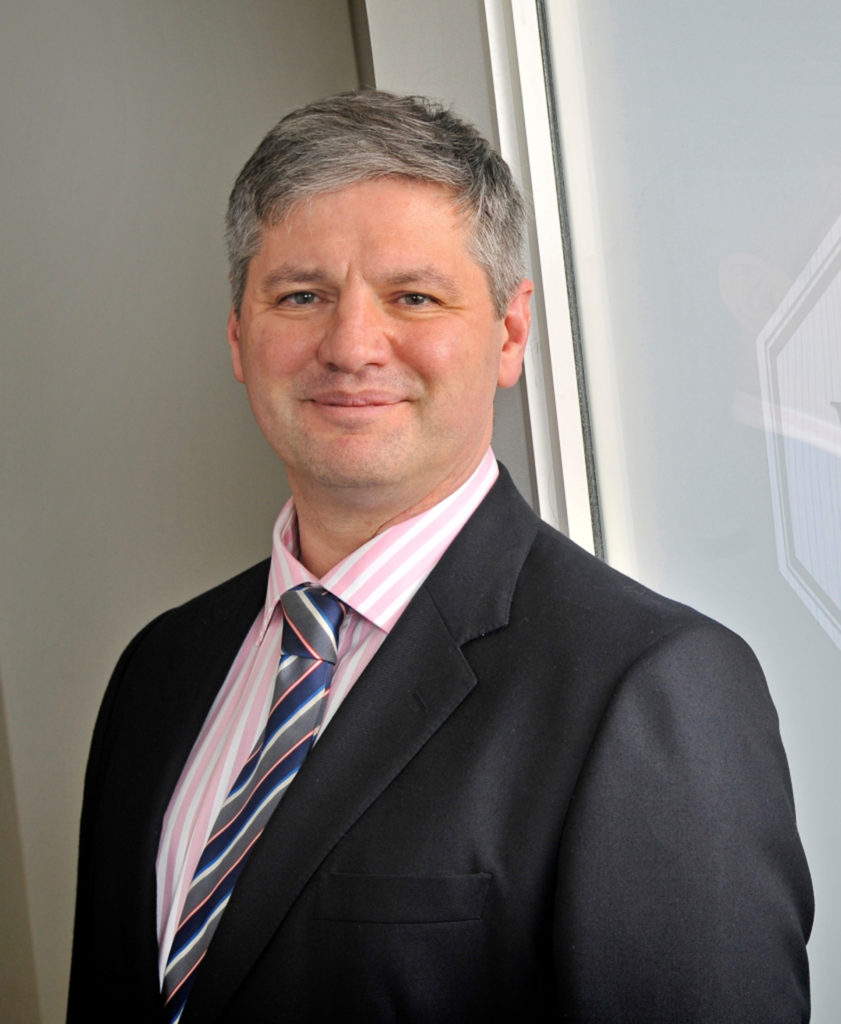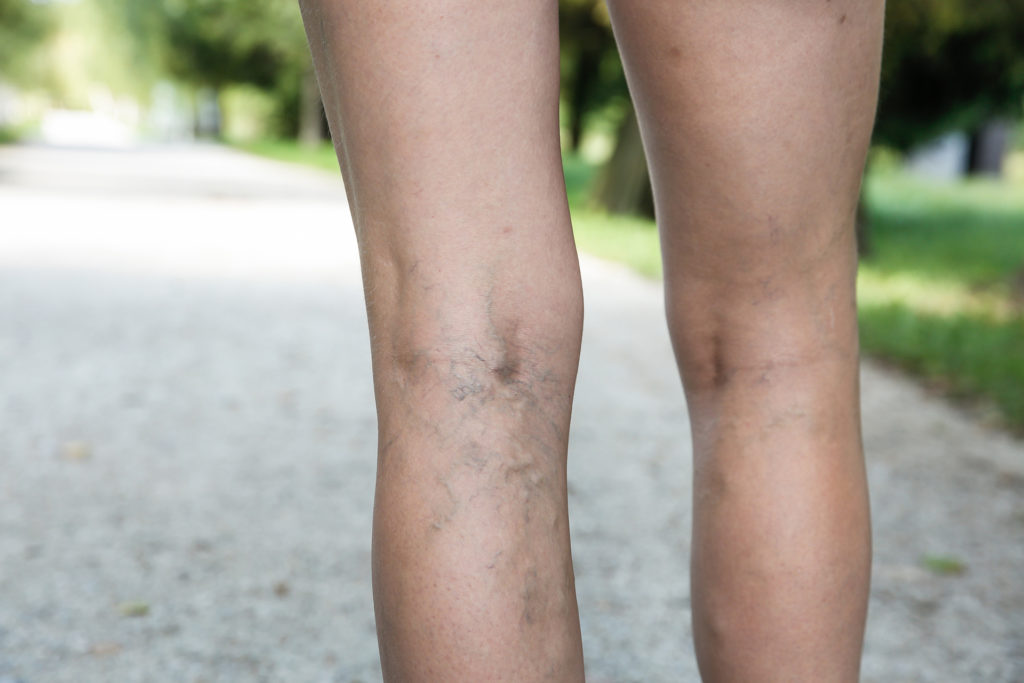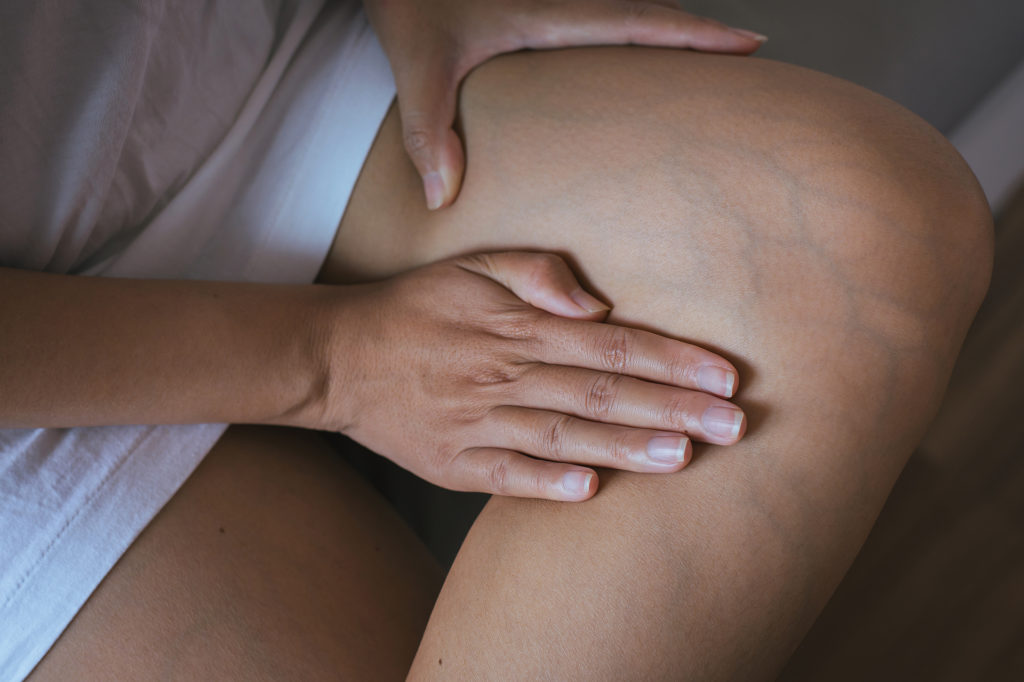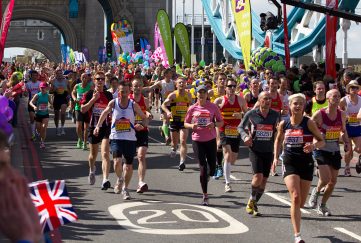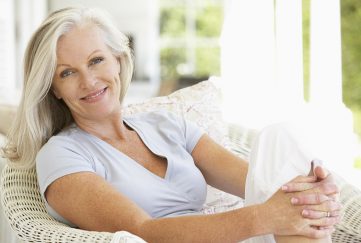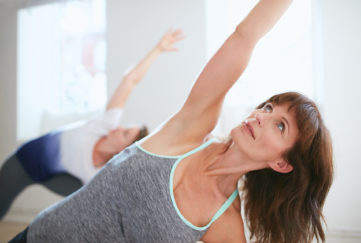Your Varicose Vein Questions Answered
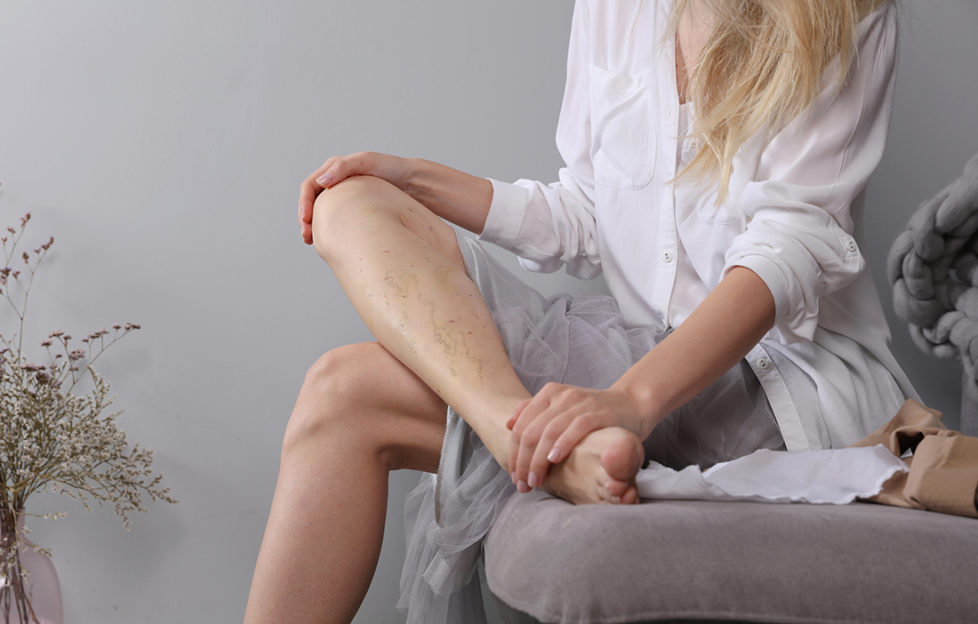
This week is Vein Health Awareness Week (21-27 September 2020) – which aims to raise awareness of venous health conditions like varicose veins, pelvic congestion syndrome and deep vein thrombosis. If you are at all concerned about your venous health, please visit www.veinhealthawareness.co.uk to learn more.
Answers for My Weekly online by Professor Mark Whiteley, Consultant Venous Surgeon and Founder of The Whiteley Clinic (www.thewhiteleyclinic.co.uk)
How to check for varicose veins at home
In their simplest form, varicose veins can be identified as bulging veins which protrude from the legs, however, only half of suffers will experience varicose veins visible on the surface of their skin – the other half will be hidden beneath the surface and therefore can only be identified by understanding some of the other key signs and symptoms.
It’s important to note that not all sufferers will experience every symptom, however, these are the key factors to be aware of.
V – Veins which are visible on the surface of the skin, or just under
E – Enlarged veins that are blue or dark purple in colour
I – Itchy, sore or dry skin over your veins
N – Nodular, bulging or twisted veins
S – Swollen, achy or heavy legs and ankles
What treatment options are currently available for varicose veins?
There are several different techniques available for treating varicose veins effectively. Some of the cutting-edge techniques we use today at The Whiteley Clinic include:
- SONOVEIN: (also called HIFU Echotherapy) is the latest innovation in treatment for varicose veins and uses high precision Echotherapy to treat patients 100% non-invasively. Unlike traditional varicose vein treatments, no catheters, chemical injections, or incisions are required with SONOVEIN®, meaning patients are left with no scars or risk of infection, and can return immediately to their normal daily activities.
- EVLA (ENDOVENOUS LASER ABLATION): destroys the veins at the root of the problem as a walk in, walk out procedure. Under ultrasound control, a needle is placed in the vein near the knee or ankle. A wire is then passed into the vein and a long ‘sheath’ is passed up the vein to the top. The ultrasound is used to position the end of the sheath exactly. Local anaesthetic is injected around the vein – again using ultrasound to make sure the fluid is in the right place. Once the anaesthetic is in place, the laser fibre is passed up inside the sheath until it comes out of the top. The fibre is fixed to the sheath and the laser is switched on. The sheath and laser are then pulled back at an exact rate, making sure the vein is destroyed – but without damaging the surrounding tissues.
- MICROWAVE ABLATION: the advantage of this technique is that it produces reliable heat at exactly the point needed to destroy the varicose vein permanently. This is because it targets water, and so does not require contact with the vein wall – offering the same advantages as Laser Ablation. However, because there is no laser light involved, surgeons do not require special rooms, regulations, or eye protection to carry it out.
- TRLOP: Invented at The Whiteley Clinic, this precise technique is used for patients with perforating vein problems. Most doctors do not treat perforating veins and research has shown this is one of the major reasons why patients get varicose veins back again after treatment. Successful treatment of varicose veins and venous leg ulcers often requires perforating vein treatments.
- Foam sclerotherapy: injection of foam sclerotherapy followed by 3 weeks of bandaging can give very good results for the treatment of small varicose veins. However, it is very ineffective for large veins. Therefore, the best results come from using combinations of the treatments above along with foam sclerotherapy later.
Exercise and varicose veins: help or hindrance?
The more you exercise, the bigger your veins get because they must return blood back to heart. However, these are normal veins with working valves. They tend to get smaller in the cool weather and only bulge in warm weather or when you exercise. There is good evidence that the more you exercise the healthier the veins are.
Whether you get varicose veins are not depends upon your genetic makeup. However, the speed at which your veins deteriorate depends very much upon exercise. People who exercise regularly tend to get fewer complications from varicose veins.
Those that exercise infrequently are more likely to deteriorate to swollen ankles, skin damage, clots in the veins, venous eczema, and leg ulcers. Therefore, anyone with varicose veins should keep exercising to reduce the risk of deterioration although they will not get a permanent cure until they have proper endovenous treatment.

